We had planned all our summer travels well in advance…every town, hotel, kilometer, and travel time was documented in a Google Sheet. But while in Geneva I looked at the “sheet” and realized we needed to change our next stop.
Avignon vs Brive
After 26 days on the road, one becomes more conscious of travel time than on day 2. So, as I looked at the spreadsheet, I realized that:
Our planned trip to Avignon was going to take 4 hours. Okay!
But then it would take 7 hours to get to our next stop, Pamplona. Bummer!
The hotel we had booked in Avignon didn’t look all that great. (We certainly don’t require 5-star accommodations, but 3 is a minimum.)
Finally, upon closer inspection, the hotel was nearly 45 minutes from Avignon...and we only planned to spend two nights. What was I thinking?
We quickly accessed our Booking.com account and saw the hotel near Avignon was fully refundable. I then pulled up Google Maps and tried to determine what city was halfway between us and Pamplona, Spain. It seemed like Brive-La-Gaillarde (a place I had never heard of) was in that vicinity. Also, this route would reduce our travel time to Pamplona to 5 hours. (Of course, I could not foresee the detour and 9-hour drive caused by my failure to read a text message.) Booking.com suggested a hotel in downtown Brive that looked nice and had free parking! I quickly changed our reservations. We then located a golf course in that area and made a tee time. Even if there was nothing to see in Brive we would be set.
Our Day in Brive
After our long drive, we had a lovely dinner a few blocks from our hotel and crashed. A foggy mist sat atop the city of Brive when we woke. The fog lifted, and Onix and I enjoyed a walk about town while Denise started the laundry. Brive is a quaint French town with 49,000 residents. Its narrow streets were decorated with the colors of the French flag.
I quickly learned that they were celebrating the 80th Anniversary of the Liberation of Brive.
Between 9 May and 22 June 1940, a remarkable German assault on north-west Europe, known as the Battle of France, resulted in the capture and subjugation of not only France but three other countries – Luxembourg, the Netherlands and Belgium. — English-Heritage.org.uk
German forces invaded Denmark and Norway on 9 April 1940. Denmark surrendered that day, and though British and French troops attempted to defend Norway it fell two months later. While territory was captured, the conflict’s real purpose was to draw Allied forces north. The Netherlands, a neutral country, surrendered on 15 May. Meanwhile, another German attack focused on Luxembourg and Belgium. Without Allied Forces in France, the German army advanced to the English Channel in only one week.1 On 5 June the Germans set their sights on taking Paris. Paris was taken on 14 June, and by 22 June the French had signed an armistice … surrendering to the Germans.
At first, the armistice effectively divided the country in half. The north would be under German control and the southeastern corner would be controlled by the Italian Army. The rest of the south, and France’s North African colonies, would be under French civil administration.
From July 11, the State chose the path of collaboration. Many French people do not see it that way, and opt for the Resistance! — en.brive-tourisme.com
Brive’s pride in its history as the “capital” of the French Resistance is everywhere you look. Its Secret Army was led by Brive townsman Edmond Michelet. Michelet was arrested by the Germans and sent to Dachau in 1942. He was not present when his city became the first to liberate itself from Occupied France on 15 August 1944.2 However, he did return to Brive after the war, was elected to Parliament, and held various ministerial positions.
A Happy Accident
As it turns out, Brive was one of those happy accidents that one has when they travel. I opted for the more “famous” Avignon as I was planning our trip. And while I am certain it is a lovely city, I am glad we went to Brive. This small town has great food, lovely shops, friendly people, and several museums including a free museum dedicated to Edmond Michelet. We are already discussing spending more time in France next summer or fall. Brive is certainly on our list as a place to return to.
I must admit, my prior knowledge of the French Resistance came entirely from watching TV episodes of Hogan’s Heroes. I was glad that our visit to Brive caused me to explore this era more fully.
Viva a resistência, fica bem,
Nanc
If you enjoy history, take time to watch a film called Dunkirk. It tells the amazing story of Operation Dynamo when over 900 British Navy, merchant and civilian boats rescued over 300,000 British and Allied forces trapped on the coast of France (10 km from the Belgium border).
Michelet did survive the camp. He, in fact, while infected himself assisted other prisoners during a typhus epidemic in the camp. He continued to help the sick and was the last to leave the camp on 26 May 1945. He was designated a righteous among the nations in 1995.

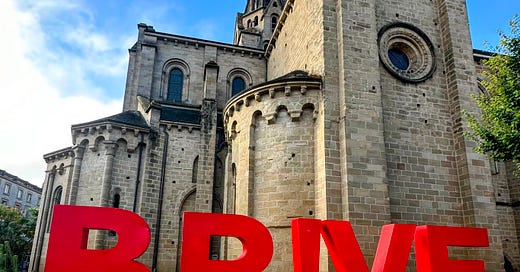



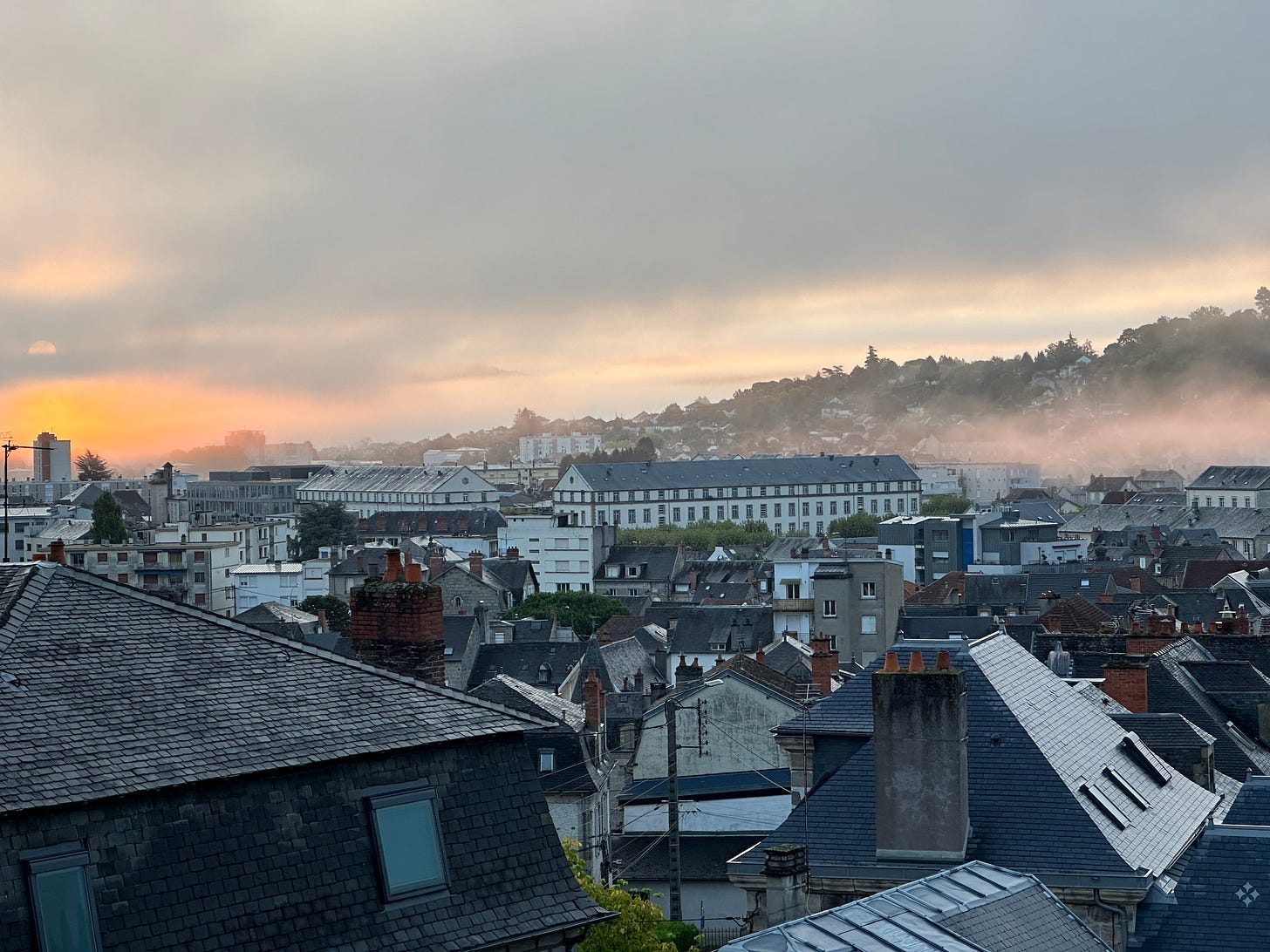
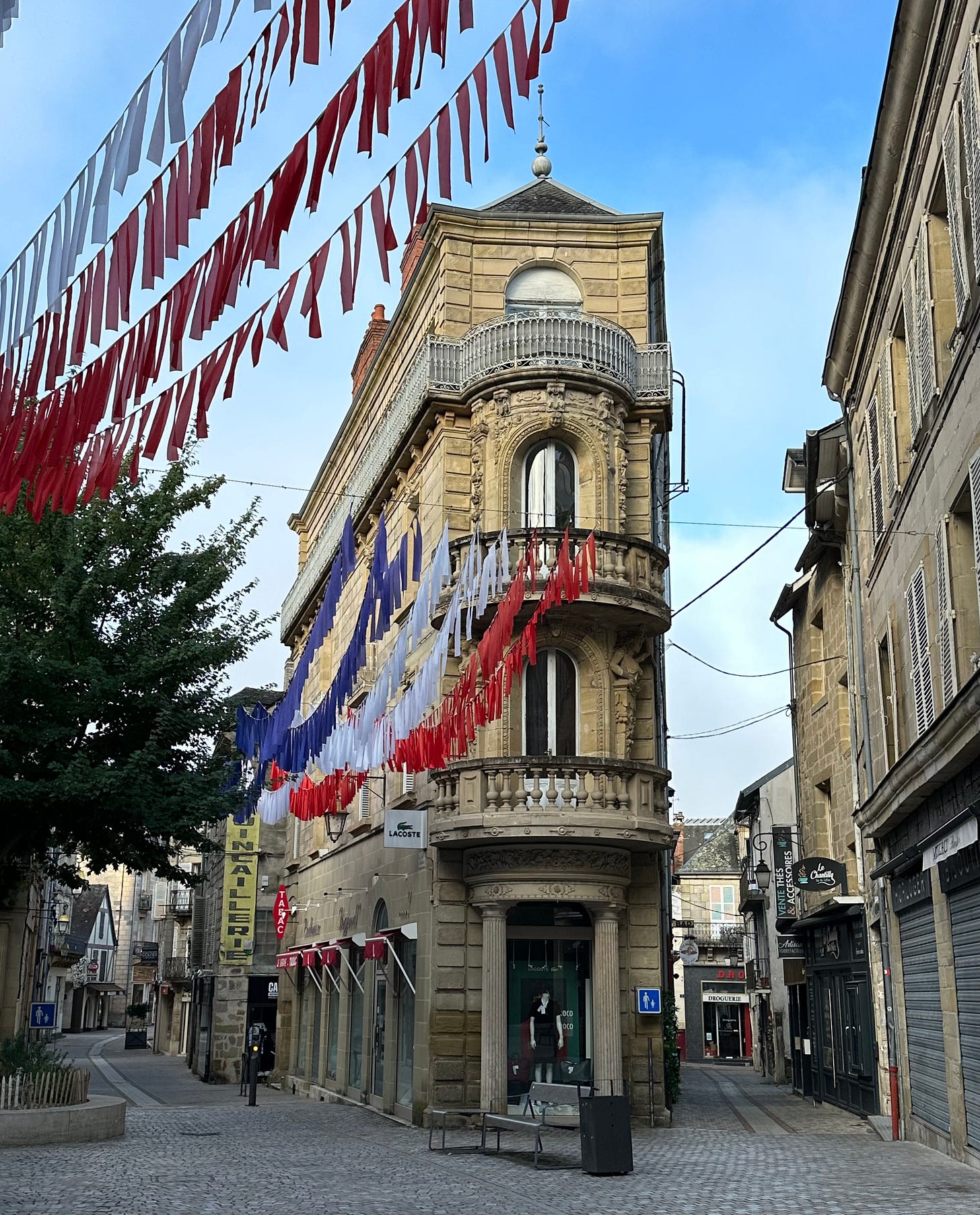
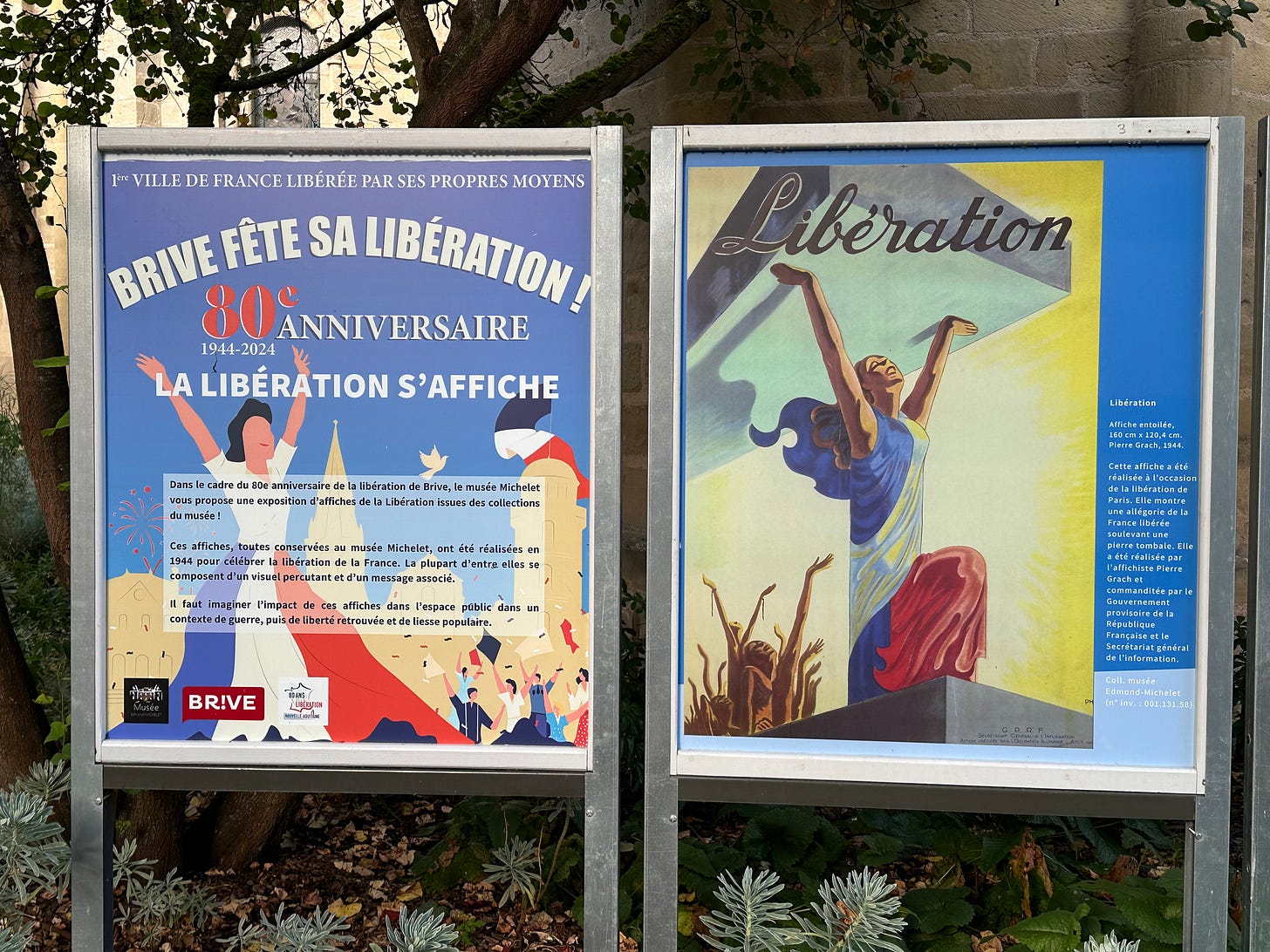
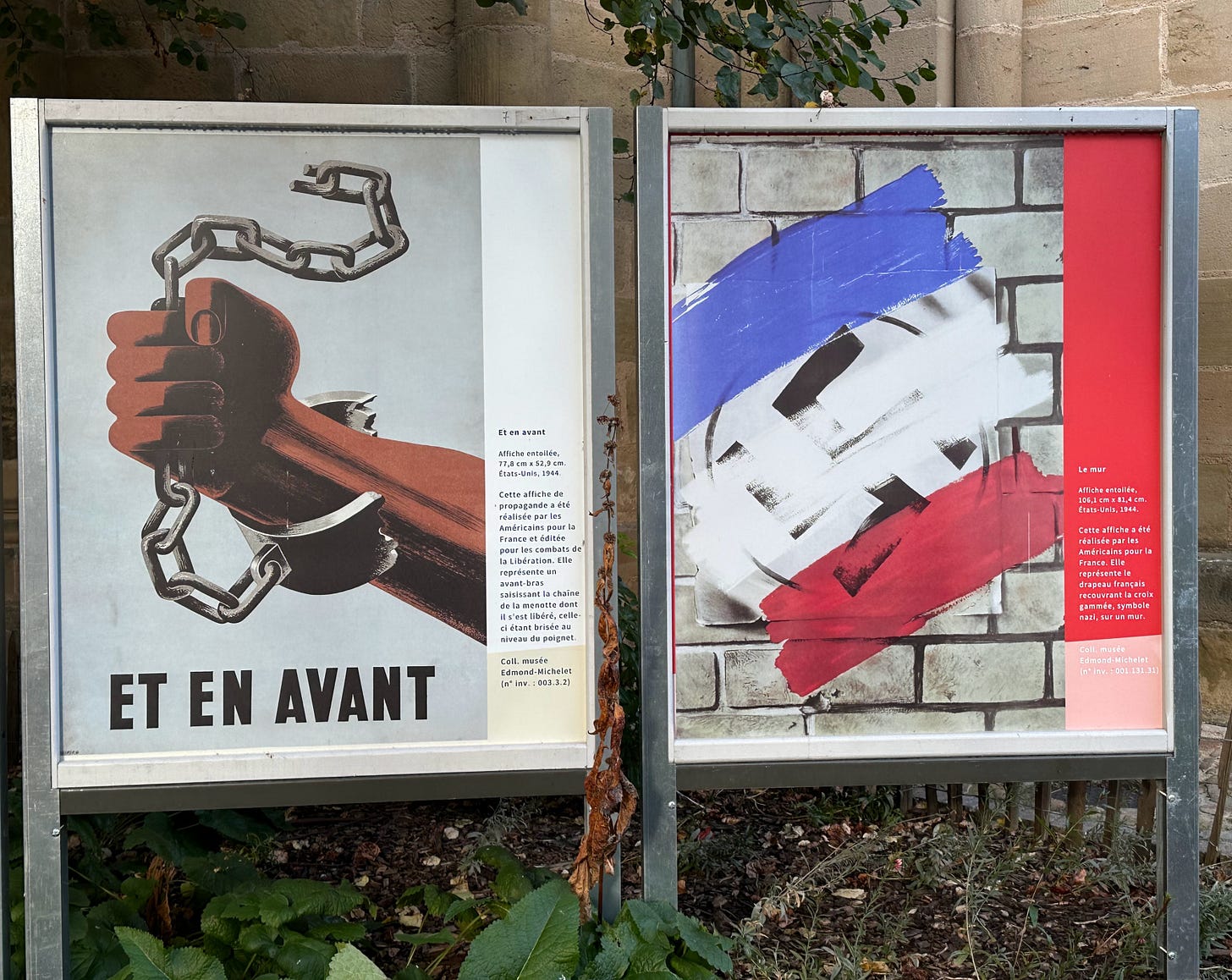
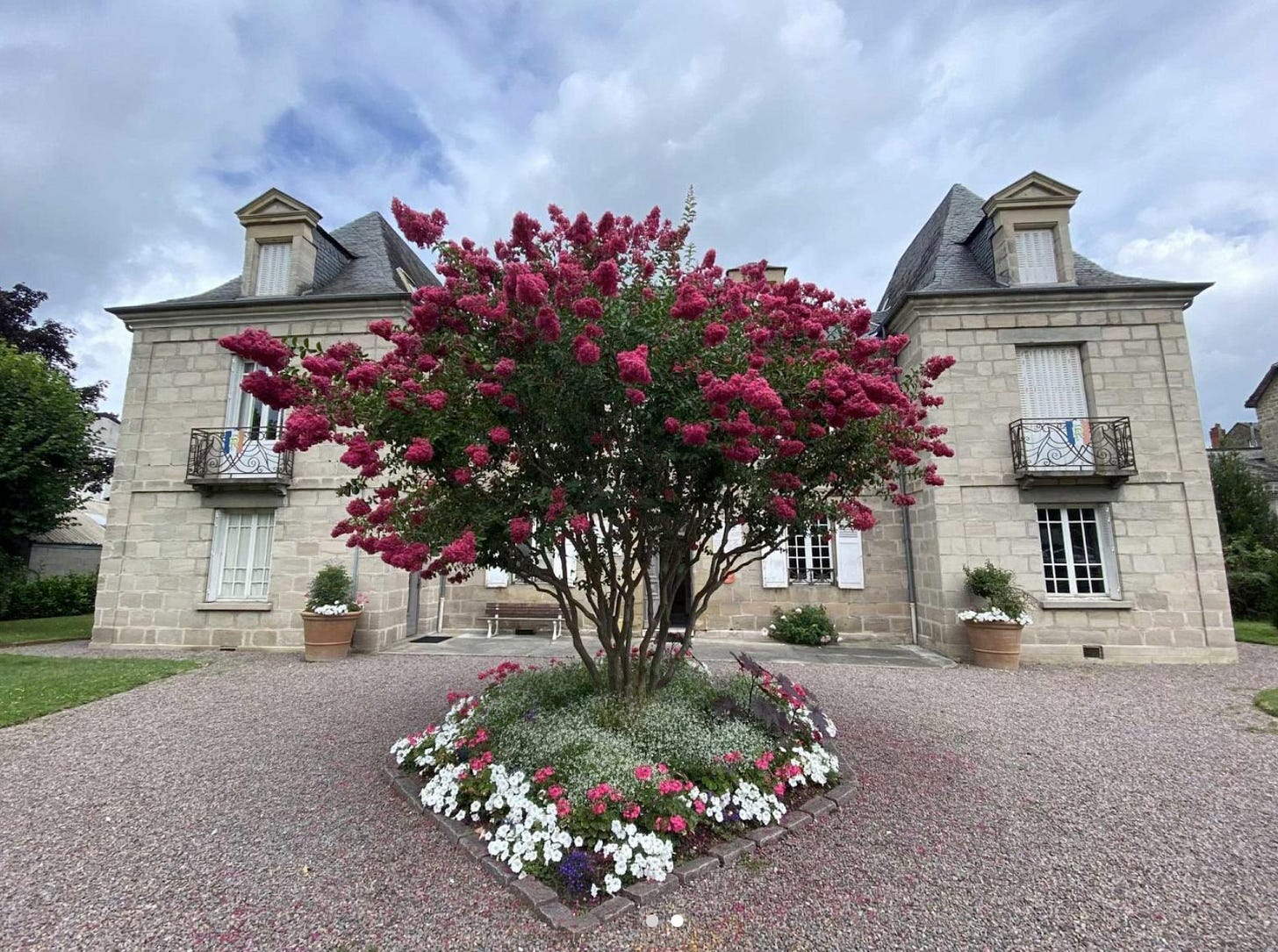
I do that all the time. Plan a trip in advance and on a map everything looks close but when you get there the distances aren't practical. I swear I'm never going to do it again but for some reason I always seem to repeat this mistake.
Avignon is definitely worth a visit if you return to the south of France again.